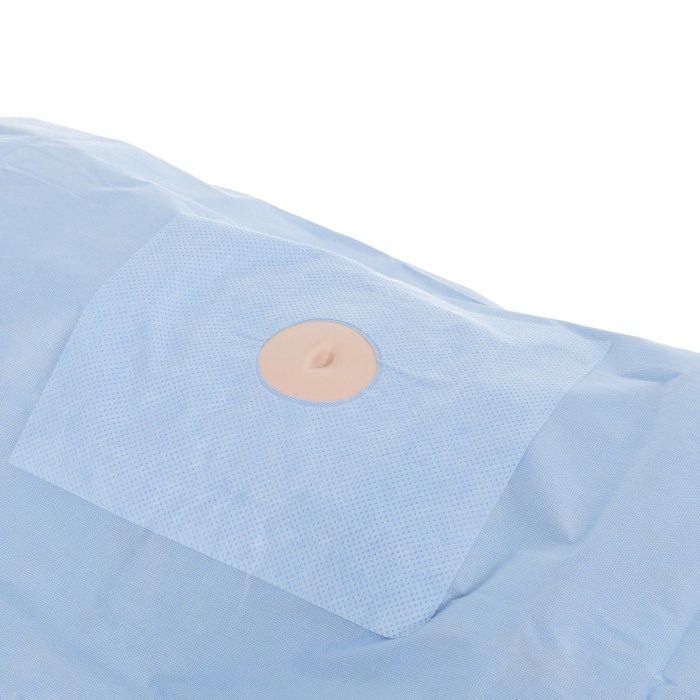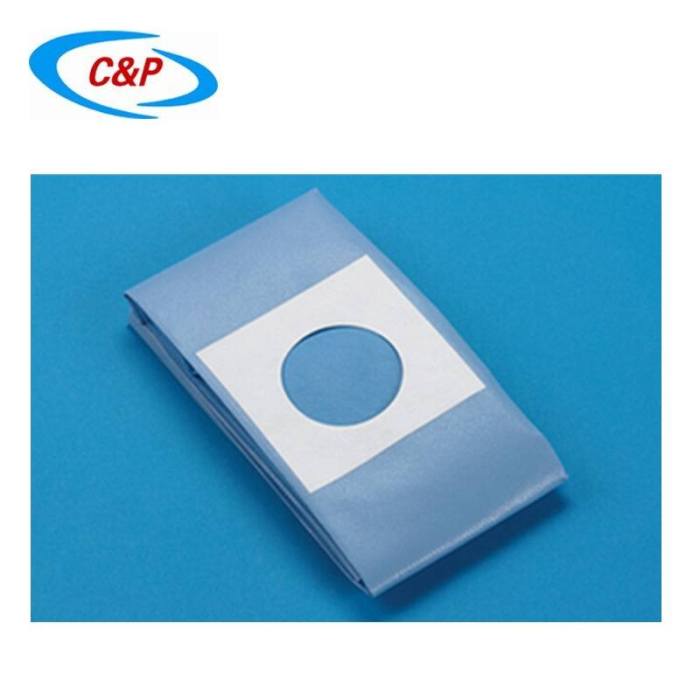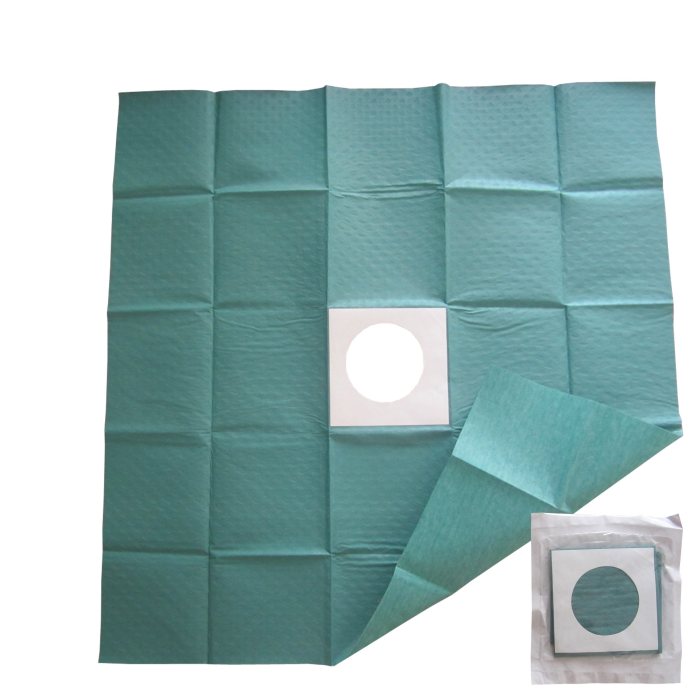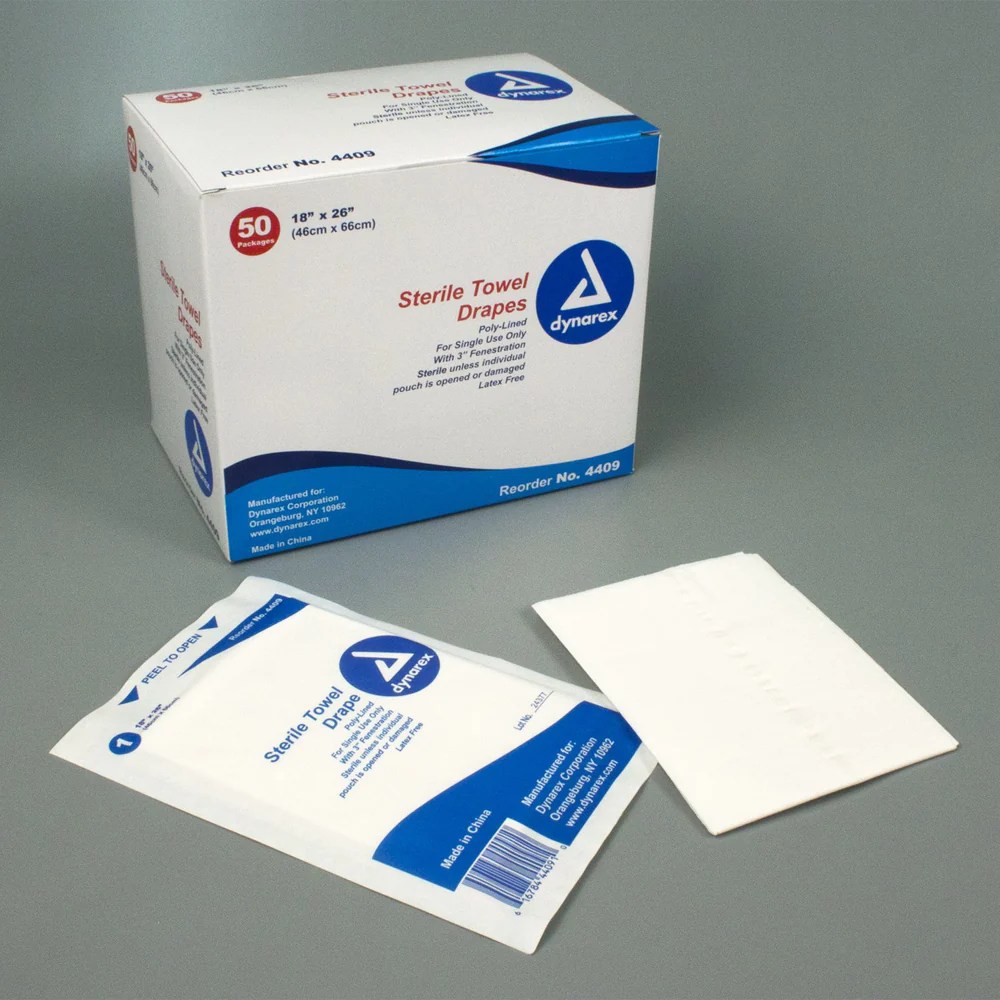What is a fenestrated drape? It’s a window treatment that combines the elegance of curtains with the practicality of blinds. Dive into the world of fenestrated drapes and discover their construction, design, functionality, and applications.
These drapes feature cut-out sections that allow light to filter through while maintaining privacy. They offer a unique blend of style and functionality, making them a versatile choice for any room.
Introduction

Fenestrated drapes, also known as sheer curtains, are a type of window treatment that combines the functionality of curtains with the delicate, airy appearance of sheer fabric. They are designed to provide privacy while allowing natural light to filter through, creating a soft, diffused glow in the room.
Fenestrated drapes have a long history, dating back to ancient times when people used sheer fabrics to cover windows and doors. In the Middle Ages, fenestrated drapes were used in castles and palaces to provide privacy and protection from the elements.
They were also popular in the Victorian era, when they were used to create a romantic and ethereal atmosphere in homes.
Construction and Materials

Fenestrated drapes are meticulously crafted using various construction methods and materials, each contributing to their unique aesthetic and functional qualities.
Construction Methods
These drapes are typically constructed using one of two primary methods:
- Hemming:The fabric is folded over and sewn along the edges to create a clean and finished appearance. This method is suitable for lightweight fabrics and provides a simple yet elegant look.
- Grommet Top:Metal or plastic grommets are inserted along the top of the fabric, allowing for easy hanging on a curtain rod. This construction style creates a modern and contemporary aesthetic, suitable for heavier fabrics.
Materials
The choice of materials for fenestrated drapes is influenced by factors such as durability, light filtration, and aesthetic preferences. Some of the commonly used materials include:
- Linen:Known for its natural texture and durability, linen drapes provide a classic and sophisticated look. They offer moderate light filtration and are suitable for both formal and casual settings.
- Cotton:Soft and breathable, cotton drapes are a versatile choice for any room. They come in a wide range of colors and patterns, offering both light filtration and privacy.
- Polyester:Synthetic polyester drapes are wrinkle-resistant, durable, and offer excellent light blockage. They are a practical choice for areas where privacy and light control are essential.
- Velvet:Luxurious and elegant, velvet drapes create a dramatic and opulent atmosphere. They provide excellent light blockage and insulation, making them ideal for bedrooms and formal living rooms.
The selection of materials ultimately depends on the desired aesthetic, functionality, and budget considerations.
Design and Styles

Fenestrated drapes offer a wide range of design options, allowing you to customize them to complement any décor style. From traditional to modern, you’ll find drapes that enhance the aesthetics and functionality of your space.
Popular styles include:
- Sheer:Delicate and airy, these drapes filter light while preserving the view.
- Lace:Intricate and elegant, lace drapes add a touch of sophistication and privacy.
- Jacquard:Woven with intricate patterns, these drapes create a luxurious and dramatic effect.
- Embroidered:Adorned with decorative stitching, these drapes add texture and interest to any room.
- Blackout:Designed to block out light completely, these drapes are perfect for bedrooms and media rooms.
Design choices not only affect the aesthetics but also the functionality of your drapes. Sheer drapes allow natural light to enter, while blackout drapes provide privacy and darkness. Consider the style and purpose of your space when selecting the perfect fenestrated drapes.
Functionality and Benefits

Fenestrated drapes offer a myriad of functional benefits, making them a versatile and practical choice for window treatments. They provide exceptional control over light, privacy, and ventilation, while also contributing to energy efficiency and acoustic comfort.
Light Control
The adjustable nature of fenestrated drapes allows for precise control over the amount of light entering a room. They can be opened wide to flood the space with natural light, or closed to create a cozy and intimate atmosphere. This flexibility is particularly beneficial in rooms where light conditions change throughout the day, such as bedrooms or living rooms.
Privacy
Fenestrated drapes offer varying levels of privacy, depending on the opacity of the fabric and the size of the perforations. They can provide complete privacy when closed, while still allowing for a glimpse of the outdoors when open. This makes them an ideal solution for windows facing busy streets or neighboring properties.
A fenestrated drape is a type of medical curtain that is used in hospitals to create a sterile environment. It is made of a special material that allows air to pass through, but not bacteria or other contaminants. Fenestrated drapes are often used in hosp sites for dire cases , such as operating rooms and intensive care units.
They can also be used in other areas of the hospital, such as patient rooms and waiting areas. Fenestrated drapes are an important part of infection control in hospitals, and they help to protect patients from infection.
Ventilation
The perforations in fenestrated drapes allow for air circulation, even when the drapes are closed. This promotes a healthier indoor environment by reducing the buildup of stale air and pollutants. Additionally, it can help regulate room temperature by allowing warm air to escape during summer and cold air to enter during winter.
Energy Efficiency
Fenestrated drapes can contribute to energy efficiency by regulating heat gain and loss. During summer, they can be closed to block out direct sunlight and reduce the amount of heat entering a room. Conversely, during winter, they can be opened to allow sunlight to enter and warm the space.
Acoustic Properties
The fabric of fenestrated drapes absorbs sound, which can help reduce noise levels in a room. This makes them a good choice for bedrooms, offices, or any space where sound control is desired.
Applications and Uses: What Is A Fenestrated Drape

Fenestrated drapes are highly versatile and find applications in a wide range of settings. They cater to diverse requirements, from residential and commercial spaces to healthcare facilities.
In residential settings, fenestrated drapes provide privacy, light control, and decorative enhancements. They are particularly suitable for bedrooms, living rooms, and home offices, where privacy and ambiance are crucial.
Commercial Applications
Commercial establishments, such as offices, hotels, and retail stores, utilize fenestrated drapes to enhance privacy, manage natural light, and create a professional and welcoming atmosphere.
Healthcare Applications, What is a fenestrated drape
In healthcare settings, fenestrated drapes play a vital role in patient privacy, infection control, and overall well-being. They are widely used in hospitals, clinics, and nursing homes, where maintaining hygiene and privacy is paramount.
Care and Maintenance

Maintaining the pristine condition of fenestrated drapes requires proper cleaning and care. Understanding the recommended methods and frequency will extend their lifespan and preserve their aesthetic appeal.
Cleaning Methods
- Dry Cleaning:The preferred method for most fenestrated drapes. It effectively removes dirt and grime without damaging delicate fabrics.
- Hand Washing:Gentle hand washing can be suitable for certain types of drapes. Use cold water and a mild detergent, and avoid wringing or twisting.
- Vacuuming:Regular vacuuming with a soft brush attachment can remove dust and loose particles.
Frequency
The frequency of cleaning depends on factors such as usage and exposure to dust and dirt. As a general rule:
- Dry cleaning or hand washing: Every 6-12 months
- Vacuuming: Monthly or as needed
Tips for Extending Lifespan
- Avoid direct sunlight, as it can fade fabrics.
- Use blackout lining to protect drapes from UV damage.
- Handle drapes carefully to prevent snags or tears.
- Store drapes in a dry and protected place when not in use.
Key Questions Answered
What are the benefits of fenestrated drapes?
They offer light control, privacy, ventilation, energy efficiency, and acoustic properties.
How do I clean fenestrated drapes?
Follow the recommended cleaning methods and frequency provided by the manufacturer.
Are fenestrated drapes suitable for all rooms?
Yes, they can be used in residential, commercial, and healthcare settings.